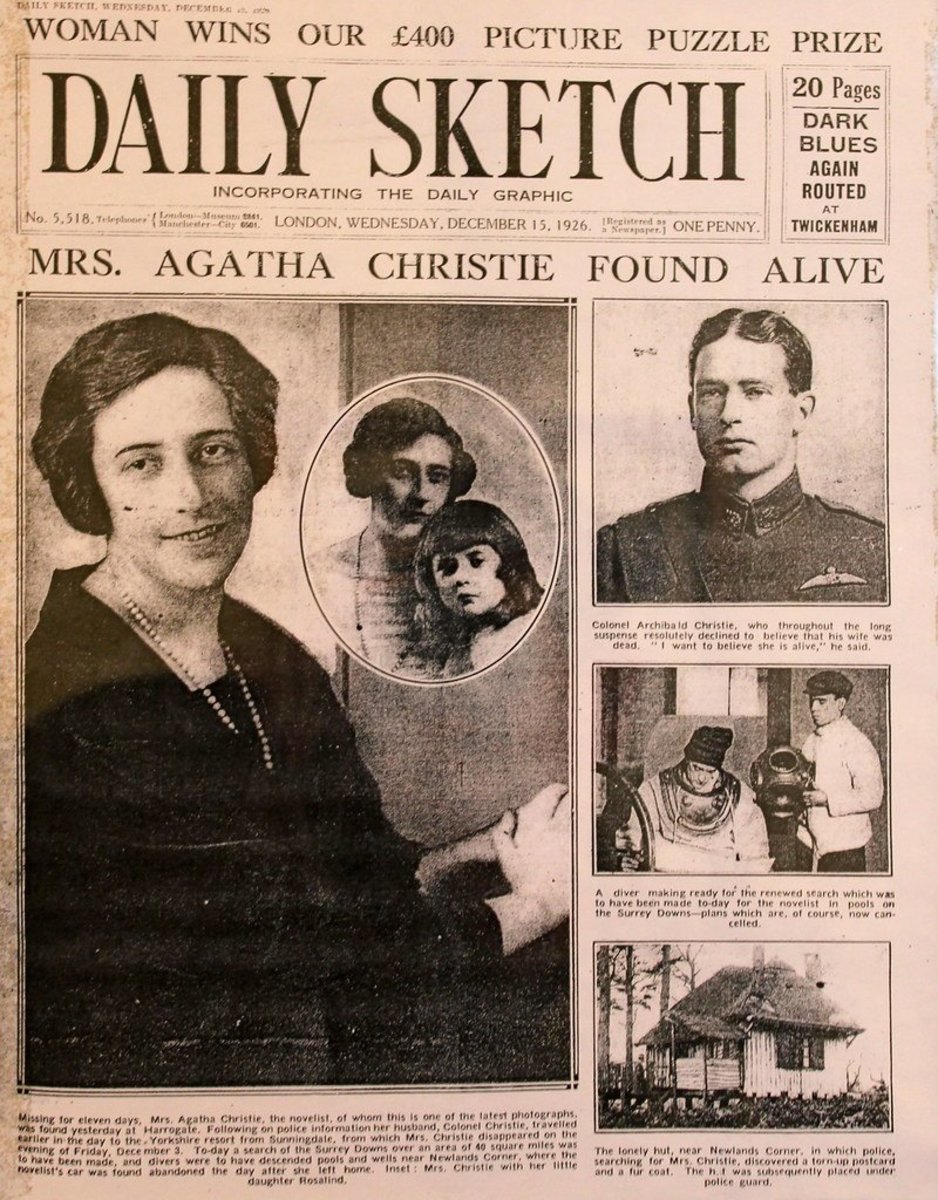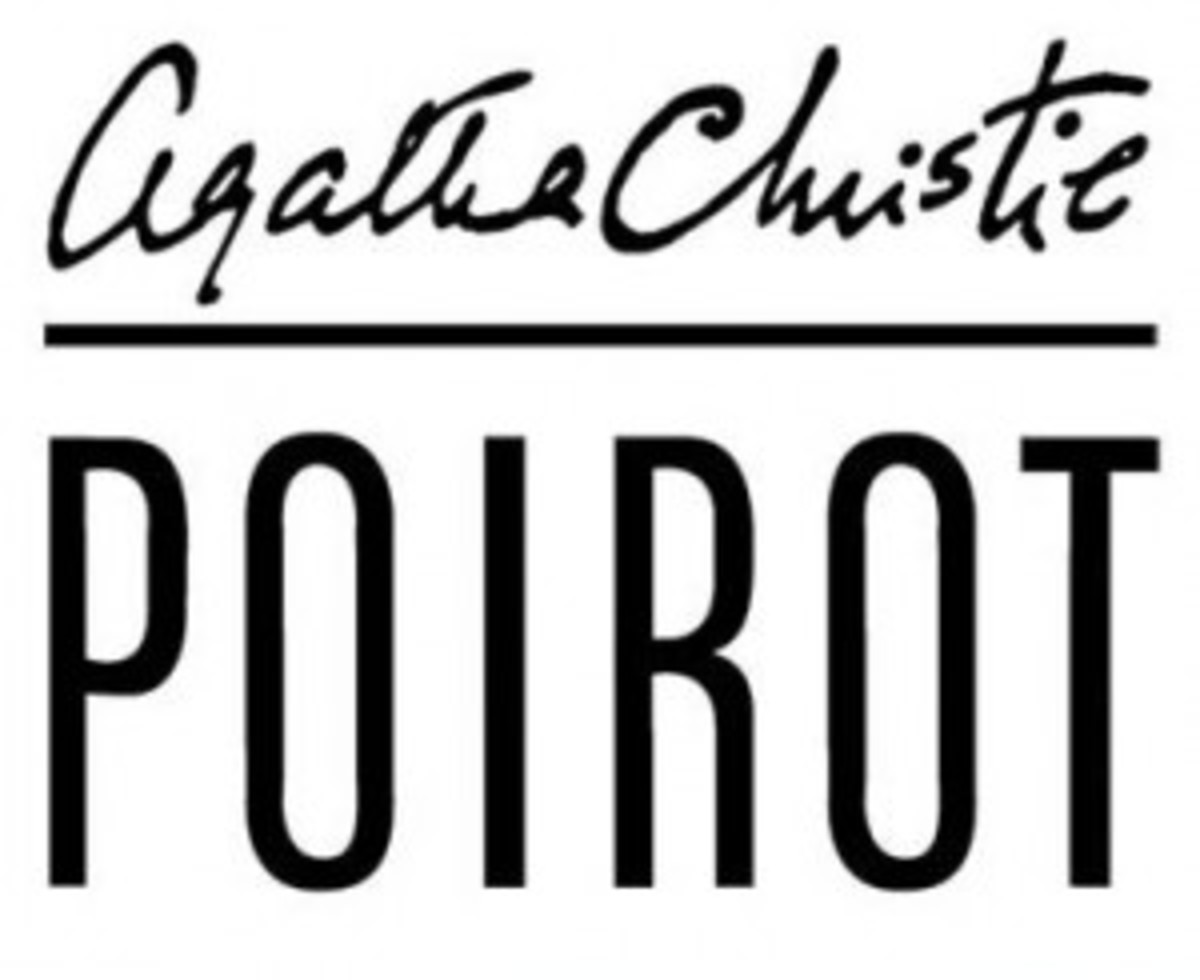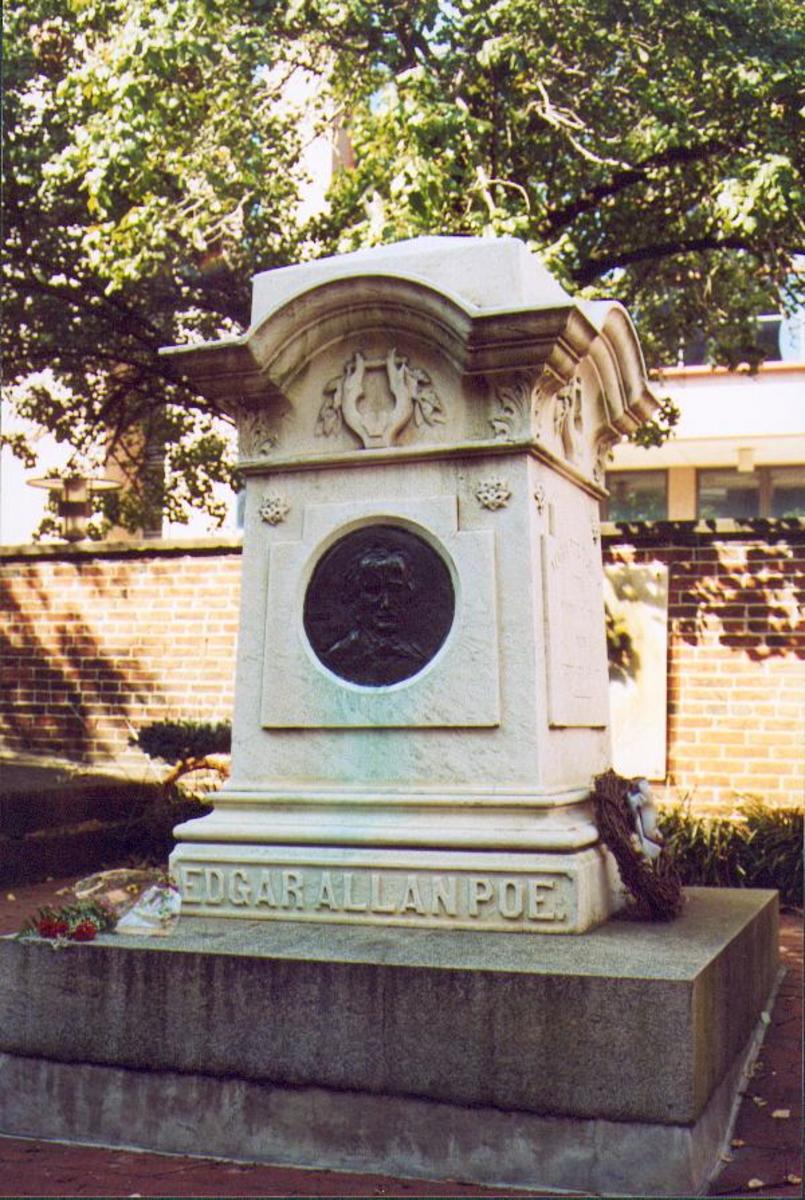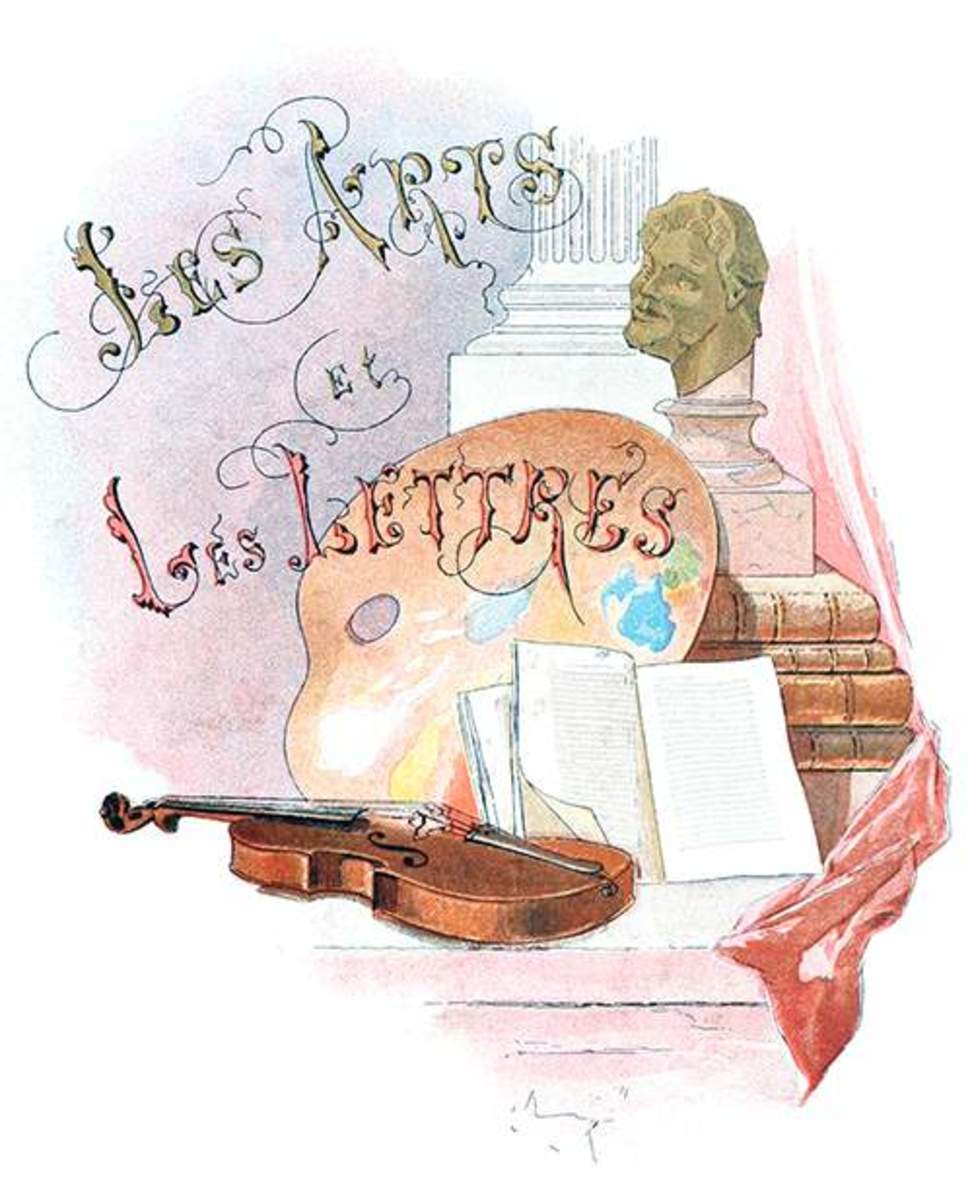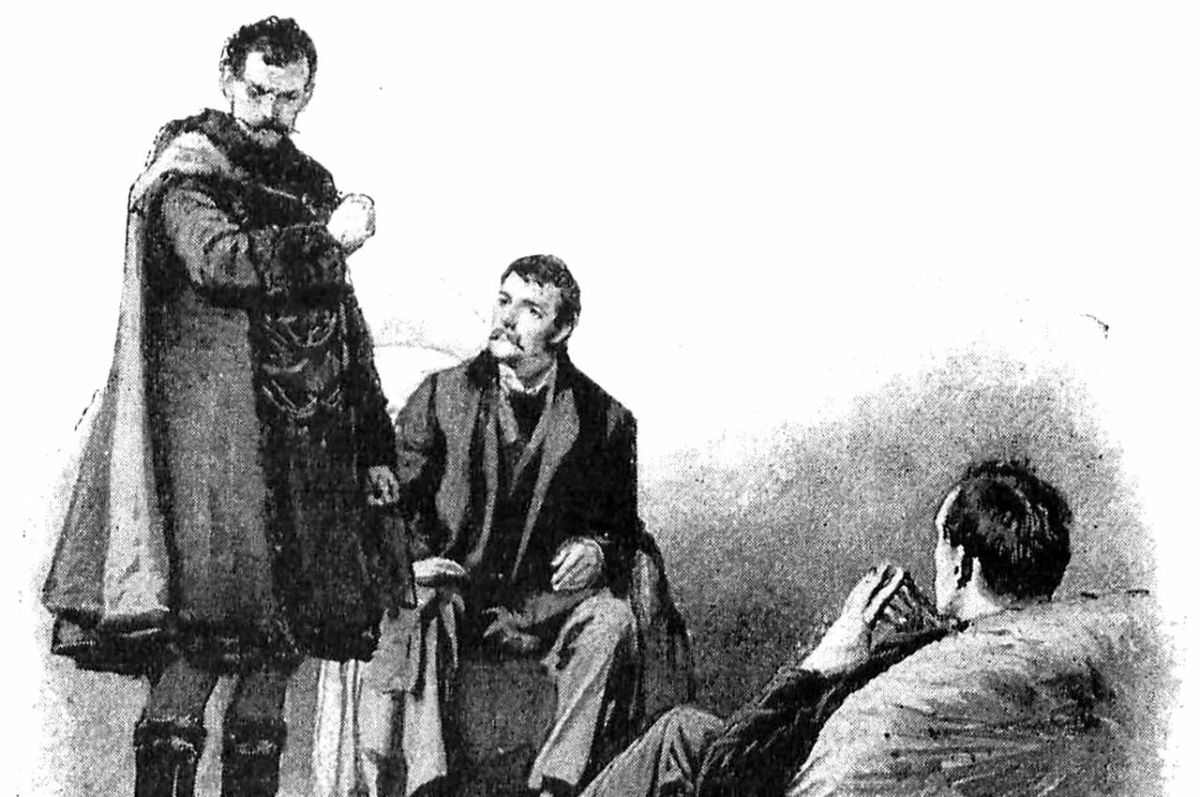Reading Agatha Christie: Death on the Nile (the earlier work), G. K. Hall & Co., Boston, Mass., 1989: a review

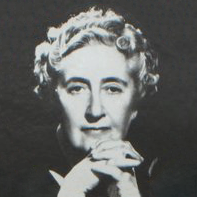
What and where?
Agatha Christie, Death on the Nile, in: Mr. Parker Pyne, Detective, G. K. Hall & Co., Boston, Massachusetts, 1989, p. p. 240-263.
...
Did you know that Agatha Christie (1890-1976) wrote two works named 'Death on the Nile'?
This brief review refers to the 1933 work, not the more famous 1937 book, featuring the character Hercule Poirot and the subject of repeated film interpretations.
The 1933 Death on the Nile is part of Agatha Christie's Parker Pine series. While some obvious similarities to the later work suggest themselves, it is in some ways quite distinct. What the existence of this earlier work tells us is that the writer was attracted — even, intrigued? — by the Nile setting which she gave to the work. The Nile can be said to be identified with death itself which as a theme lay close to Agatha Christie as a great crime writer: this cannot be disputed.
And so in the 1933 Death on the Nile, a fairly familiar pattern of events emerges: a victim, Ariadne, Lady Grayle — somewhat uninspiring as a character — fearful of her life; those fears are realized; the 'whodunit' processes unravels; in vintage Agatha Christie manner, a most surprising perpetrator — 'faithful' secretary Basil West — emerges, through the ingenious, sleuthing efforts of Mr Parker Pyne.
But it is the background — sailing down the Nile on the S. S. Fayoum between Luxor and Cairo — which is also an engaging part of the story. One may suspect that it does not merely supply the context but to some extent the co-text. It is not necessary to read the example of D H Lawrence's The Spirit of Place (1) to grasp that the fascinatingly eerie Nile setting of the work is an integral part of overall effect and memorability of Death on the Nile. A setting in Broadstairs-les-Deux-Eglises would have hardly matched it. Whether it is the oppressive afternoon sun on the Nile (p. 240), or the dark green hills seen from the great river (p. 243), or the ancient temple ruins (passim.) to which some of the characters affect varying degrees of interest, Agatha Christie conveys something of the drawing power of the Nile upon the reader's consciousness, and, in parallel, the inevitability of the theme of the death of one of the work's principal characters. A latent fatalism may even be said to inhere in the work, because of the evident death / Nile linkage (2).
Actually I take the point entirely of distinguished comparativist Edward W. Said, in his Orientalism (1978)(3), when he laments that the Middle East, as portrayed by Western writers, and the actual countries themselves often bear little relation to one another. Agatha Christie and a whole long line of Western writers who take up 'Oriental' themes are hardly primary source material for understanding Arab countries.
Admittedly also, the character of the Egyptian cruise manager on the vessel on which the Western party sails down the Nile is reminiscent of the stereotypical subaltern of which G. C. Spivak (4) and others have written, and adds credence to Edward Said's critique of the version of the Orient testified by many Western writings.
But that being said, for Agatha Christie, the Middle East was undoubtedly a preoccupation, a source of fascination and context — even co-text? — for various of her writings, particularly in the Mr Parker Pyne, Detective series from which the earlier Death on the Nile is taken. And more specifically, the Nile, symbolizing death, extends into the imaginative space which the writer's mind inhabits and seems so eager to convey to the reader.
December 4, 2012
Notes
(1) D H Lawrence, The Spirit of Place, Heinemann, 1935
(2) Interestingly, though, the theme of death in some writing, with Middle Eastern roots, is not necessarily linked with a sense of fatalism; for example, for Paul the Apostle, death is, in great contrast to the pervasive imagery of the Nile, instead a powerless veil pierced by the projection of his Christian faith (see for example, 1 Corinthians 15).
(3) Edward W. Said, Orientalism, Vintage Books, 1978
(4) Gayatri Chakravorty Spivak, with Ranajit Guha, ed., Selected Subaltern Studies , Delhi: Oxford University Press, 1988
MJFenn is an independent writer based in Ontario, Canada.

